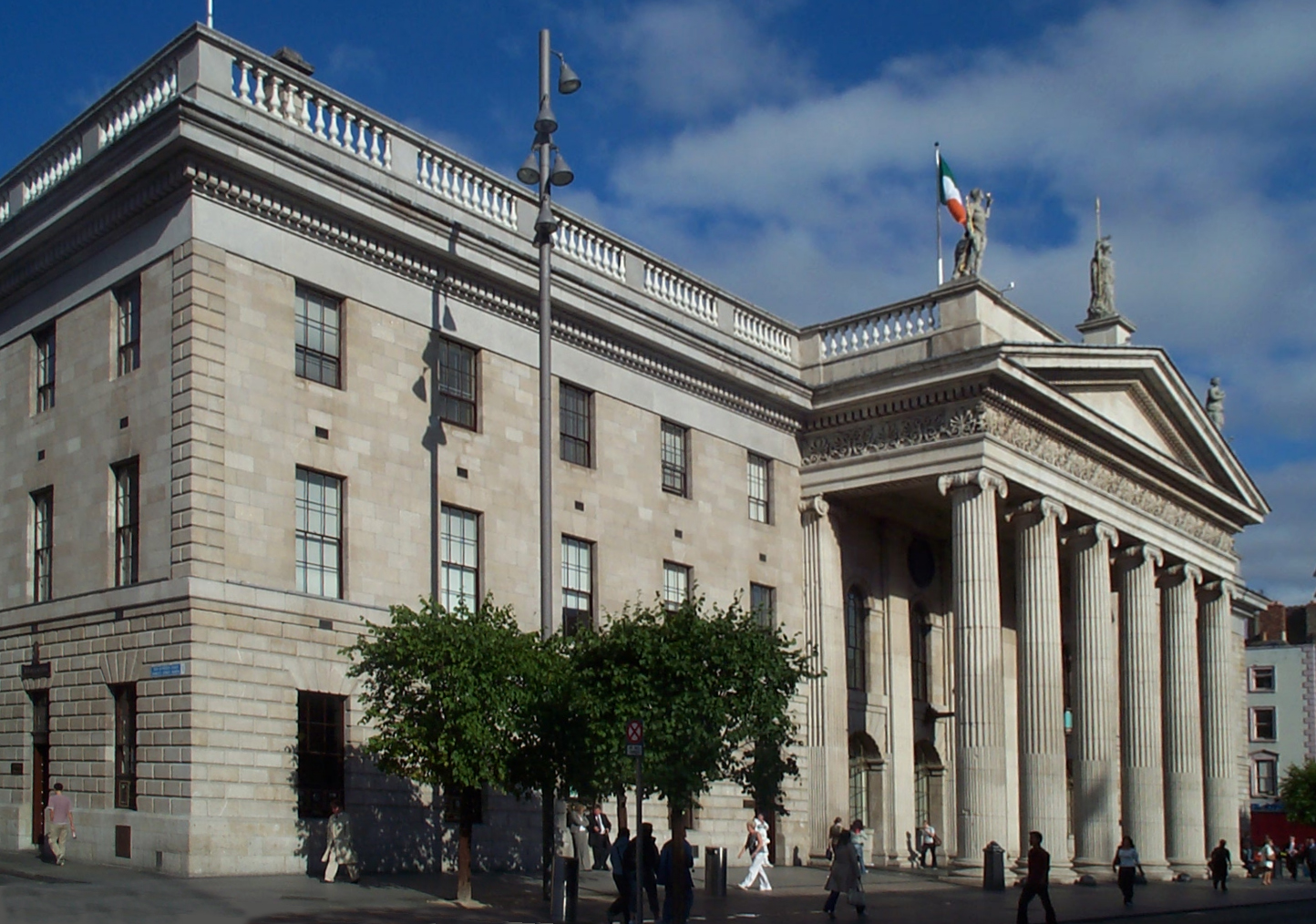CITIES

What is your favourite city in the world?
Here are the top ten cities to live in, according to Forbes magazine, in 2021:
- San Francisco, USA
- Amsterdam, Netherlands
- Manchester, England
- Copenhagen, Denmark
- New York City, USA
- Montreal, Canada
- Prague, Czech Republic
- Tel Aviv, Israel
- Porto, Portugal
- Tokyo, Japan
Have you been to any of these cities? Do you agree that they are good places to live?
Cities may rank high as good cities to live in for their design and planning because of good infrastructure and facilities, clean public spaces, good public transport systems, the ease of getting out of the city to the countryside, good traffic management, green areas and location.
Do you think that some cities are better to visit than to live in?
CITYSCAPES
Can you recognise these famous cityscapes from around the world? Click on the online quiz.
https://www.proprofs.com/quiz-school/ugc/story.php?title=ten-irish-inventions17
IRISH TOWNS AND CITIES
Have you ever been to Dublin, Ireland’s capital city? Do you think it’s a good city to visit? Or to live in?

Have you ever been to any small Irish towns?
Corner shops and small family-owned businesses form part of the character of most small Irish towns and villages. The local pub is also central.

How are towns designed in your country? If you’ve never been to an Irish town or city, you need to come and find out how they are for yourself!
IRISH HISTORICAL BUILDINGS
‘Ireland has a complicated relationship with its historic buildings.’
As a post-colonial nation that was controlled by England for many centuries, Ireland has a complicated relationship to many aspects of its past. Architecture is one of the strongest reminders of the past era of English control.

Many Irish people don’t seem to feel a strong connection to old beautiful buildings. For example, Irish people would value the GPO building on O’Connell Street in Dublin more for its historic significance as the centre of the 1916 Rising rather than its architectural importance.

The Irish state itself has often not protected its historic buildings or heritage sites. One of the worst examples of this was the building of the Civic Offices at Wood Quay, which are visually unattractive but which were also built by the government, against a background of huge popular protests, on one of the most important Viking archaeological sites in Europe before it was properly excavated.
IRISH HOUSES
There are reasons why houses in different countries are made in different ways. The two most obvious elements affecting how houses are made are what resources are available and what best suits the local environment and climate. Look at Ireland and three other examples.
A. EGYPTIAN HOUSES
In ancient Egypt trees were in short supply so instead of using wood, the Egyptians used soil and stone as construction materials.

Egypt’s intense sun and heat shaped how houses were constructed. A flat roof made the construction process simpler. Families could lie out, eat and even sleep on the roofs in the open air at night. Shade is an important element of Egyptian houses. Most houses have small windows to keep out the hot sun and large balconies with lots of shade. Thick concrete walls help lower the internal temperatures.
B. SWEDISH HOUSES
In Sweden, wood was in abundant supply to build houses, so many of the houses are wooden.

Traditional Swedish houses are warm and spacious inside. Space is important because you may spend a lot of time indoors in winter. The slanted roof is strong and the snow falls off it easily. Protected entrances makes it safer from snow drifts and more comfortable entering and leaving. South-facing windows get the most light and heat from day-time sunlight. Open fires are common inside with chimneys to direct the smoke outside.
C. THAI HOUSES
In Thailand, light wood materials allow houses to be built on wet ground and be raised up off the ground in case of flash floods. Wood and bamboo comes from the abundant forests.

The traditional Thai house is a wooden structure raised on posts which offers protection from dirt, wildlife, thieves and most importantly from the monsoon floods. The open roof, windows and walls in combination with a large central terrace offer relief from the heat and humidity. Rainwater runs off the steep roof quickly and falls through the house floors.
D. IRISH HOUSES
In Ireland, the rain and dampness of the climate means that stone would resist the weather much better than wood-based houses.

Irish houses have slanted roofs so the rain will run off. There are rain gutters and pipes on the outside of the house to allow the rainwater to run away. Most Irish houses have chimneys for internal open fires. Modern Irish houses also tend to have large double glazing windows and sometimes skylights. These hold in the heat and also get the maximum available light during the dark winter months.
What are houses like in your country? What would be your perfect house to live in?
If you design your perfect city, what would it look like?


